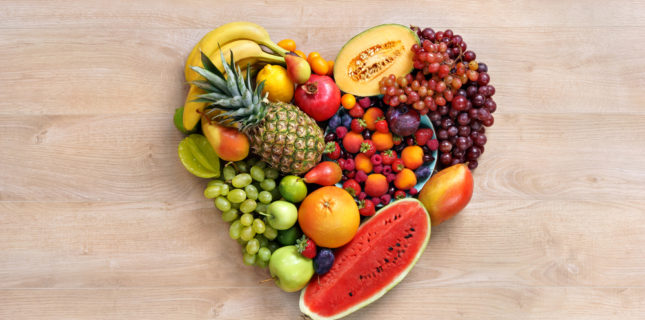
Not a nutritionist? No problem. Share these nutrition tips with your patients
On the heels of National Spinach Week and Peanut Butter and Jelly Day, we think it’s time to remind patients that Popeye’s favorite food is known as the #1 dietary boost to vision, and other vision-friendly nutrition tips.
Tip: “You’re the expert, so share information about diet and vision with patients.”
Whatever combination you choose to suggest, a diet rich in vitamins C and E, zinc, zeaxanthin, omega-3 fatty acids, and lutein help the body fight against both cataracts and macular degeneration.
Here are some specifics about the “what’s and why’s” you can share with patients about diet and healthy vision.
- GO BRIGHT AND DARK: Tell patients they should eat at least five servings of dark green veggies and bright-colored fruits a day. They all contain antioxidants, and the darker veggies have high levels of zeaxanthin and especially lutein, which is critical to good eye health and the best defense against AMD.
- EAT MORE FISH: It only takes two or three servings of Omega 3-rich fish a week to reduce the risk of AMD. If heart-healthy fish like wild salmon, herring, and sardines aren’t their thing, patients can also opt for halibut, tuna or flounder. Another choice: fish oil capsules.
- OH SAY CAN YOU C: Vitamin C is near the top of the good-guy list. Top sources of C include grapefruit, strawberries, brussel sprouts, papaya, and green peppers.
- DON’T FORGET E: Vitamin C works in conjunction with vitamin E to keep tissues healthy. To increase the intake of E, suggest patients add a handful of sunflower seeds, almonds, or pecans to their daily diet…or just sprinkle wheat germ onto salads and such.
- A TO Z: Beta carotene, found in orange and yellow vegetables and fruits, changes into vitamin A and helps, among other things, protect against night blindness. For its part, zinc helps keep the retina healthy. Good sources of zinc include turkey, eggs, peanuts, and whole grains.
- CUT THE FATS: Not all fats are bad, but saturated fats definitely are. That translates to cutting back on animal products including beef, pork, cream, whole milk, and high-fat cheese. Saturated fats are also in plant oils like coconut and palm oil, so tell patients to switch to olive oil.
You’re the expert, so share information about diet and vision. Many patients don’t realize there’s such a direct correlation. And, make sure your staff can communicate this information, too.
Whether it’s vitamins or AMD, how do you address these issues in your practice? Tell us if it’s part of your conversation and share your approach on our Facebook page here.
Comments are closed.








